The more serious local sheep and cattle people buy specially imported grass seed from a Japanese company called Matsuda. These are cultivated varieties that are high in protein or adapted to the dry season or very palatable.
But most of these are just "breeds" of grass selected from various species of grass that already grow here naturally. Furthermore, these protein levels that are claimed are probably based on grass grown on Japanese laboratory grade soil under optimum conditions. Most of all, I have no way of testing the claims to see if they are true.
So we are learning a great deal about the grasses we have here already.
The predominate species locally is something called jaragua, a variety once imported as it was thought it would be the perfect cattle forage. It didn't work out that way and is now a nasty weed. We have some, but not much, unfortunately the sheep do not like to eat it.
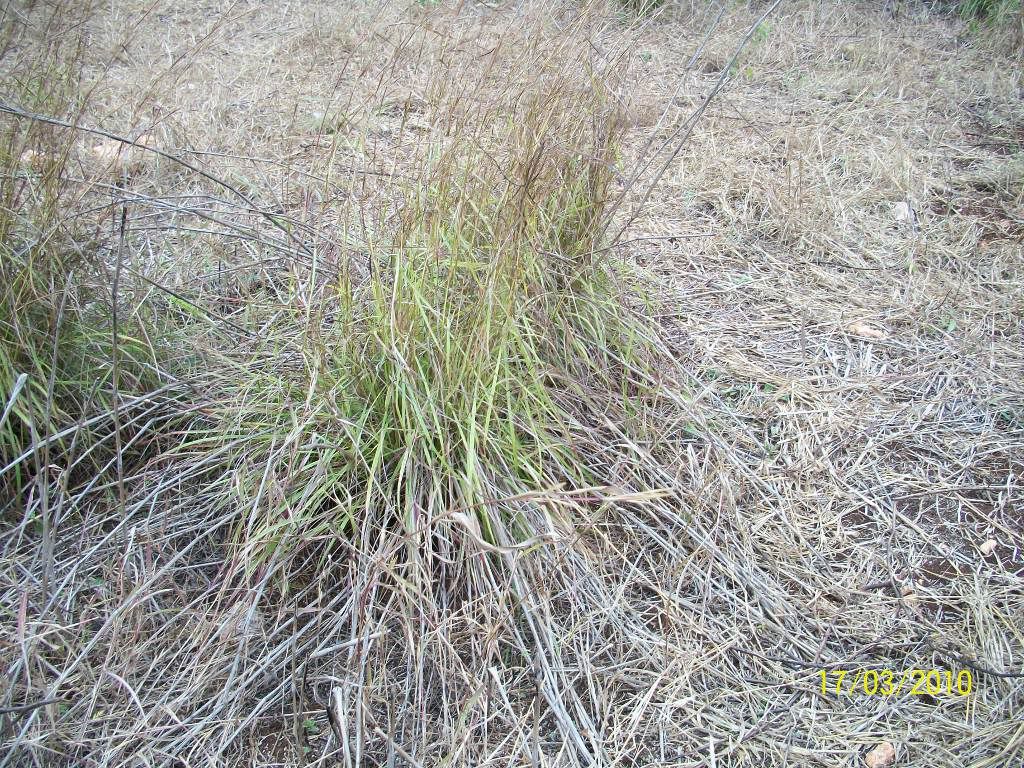
The main grass in our meadow is something we think belongs to the Aegilops genus of grass.
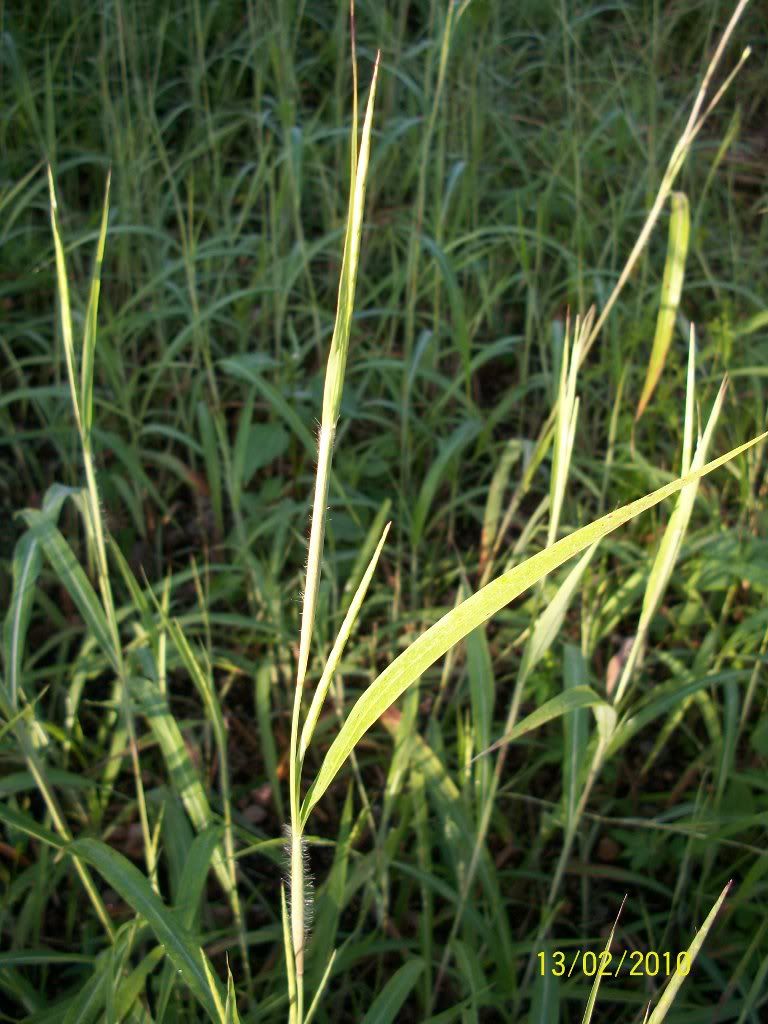
The sheep eat the Aegilops when it is young, but it is not much better than jaragua as it is an annual grass and as it completes it's life cycle it becomes dry and apparently unpalatable to sheep.
We have a grass identified by a local sheep herder as Guinea grass. A quick internet search indicates that this is Panicum maximum, and it really looks like our Guinea grass.
P. max is the base species from which several cultivars have been selected by Matsuda. They sell Aries, Mombasa, and Tanzania grass, all of which I think are varieties of P. maximum.
We have what looks like yet another Panicum species. We are calling this, "spineless bird seed grass". It has large seeds and looks very much like the small seed in bird seed mix.

We hope that we can grow and harvest enough of this to supplement our sheep diets with a bit of whole grain. We currently feed them mill feed which is everything left over from grinding flour, or wheat bran. But it would be nice to feed them a whole grain that we grow ourselves.
Here is a picture of a patch of Guinea grass.
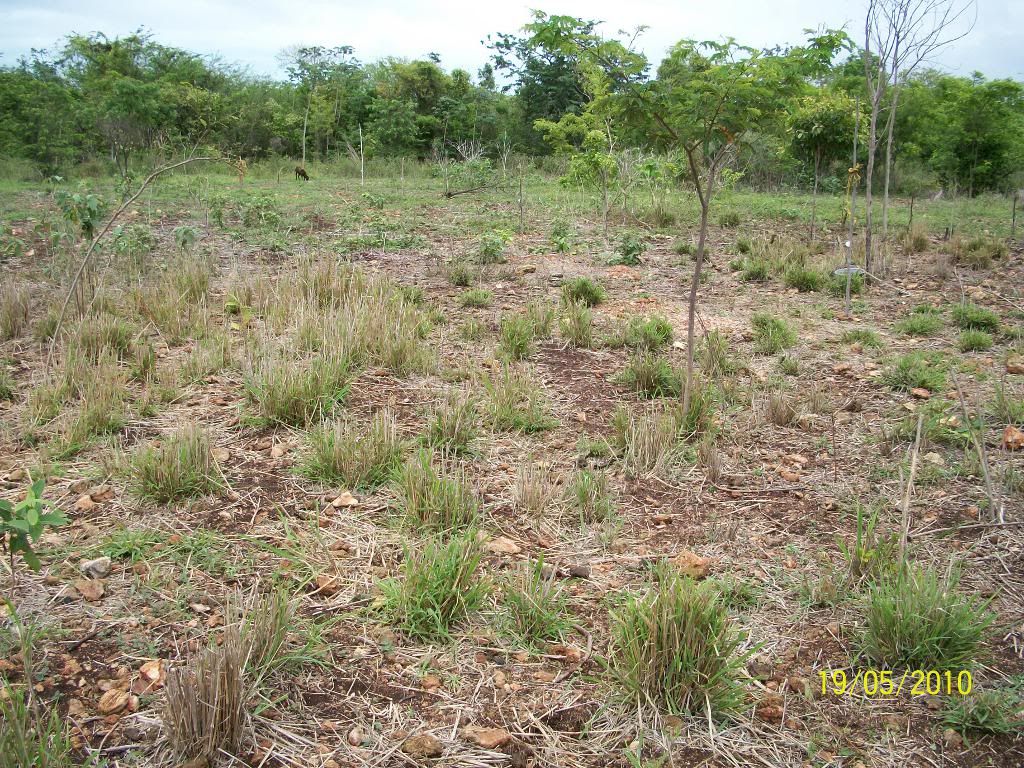
Here is one bunch that John F. and I have decided to pull up.
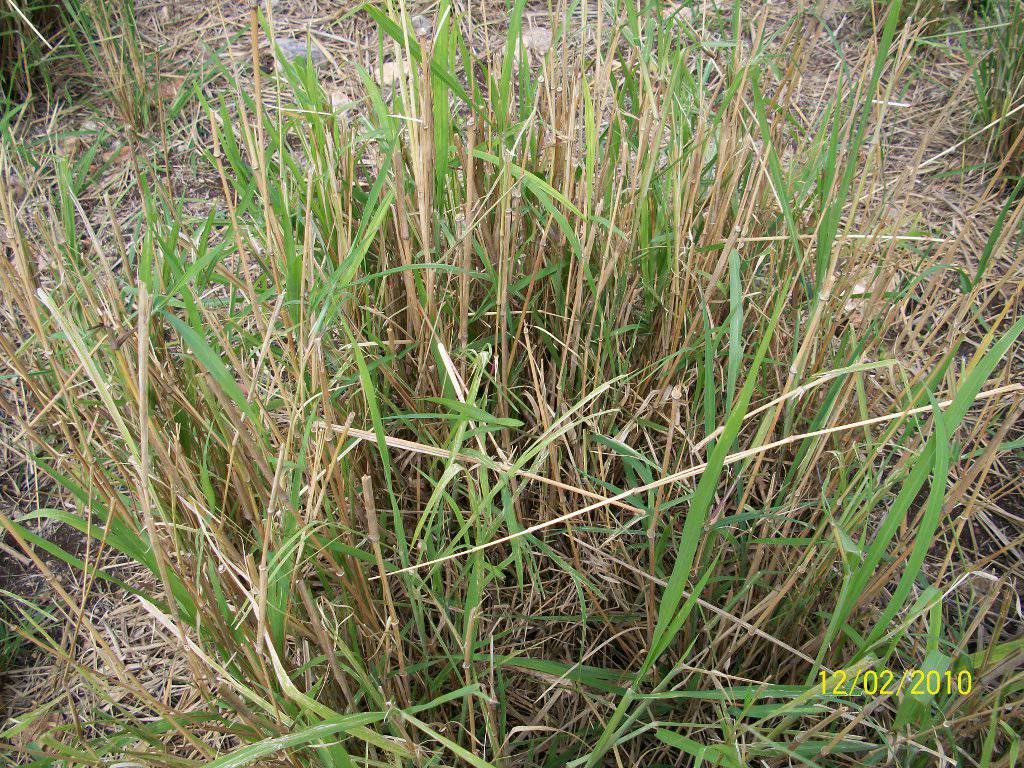

We have to use the digging bar as the roots are strong.
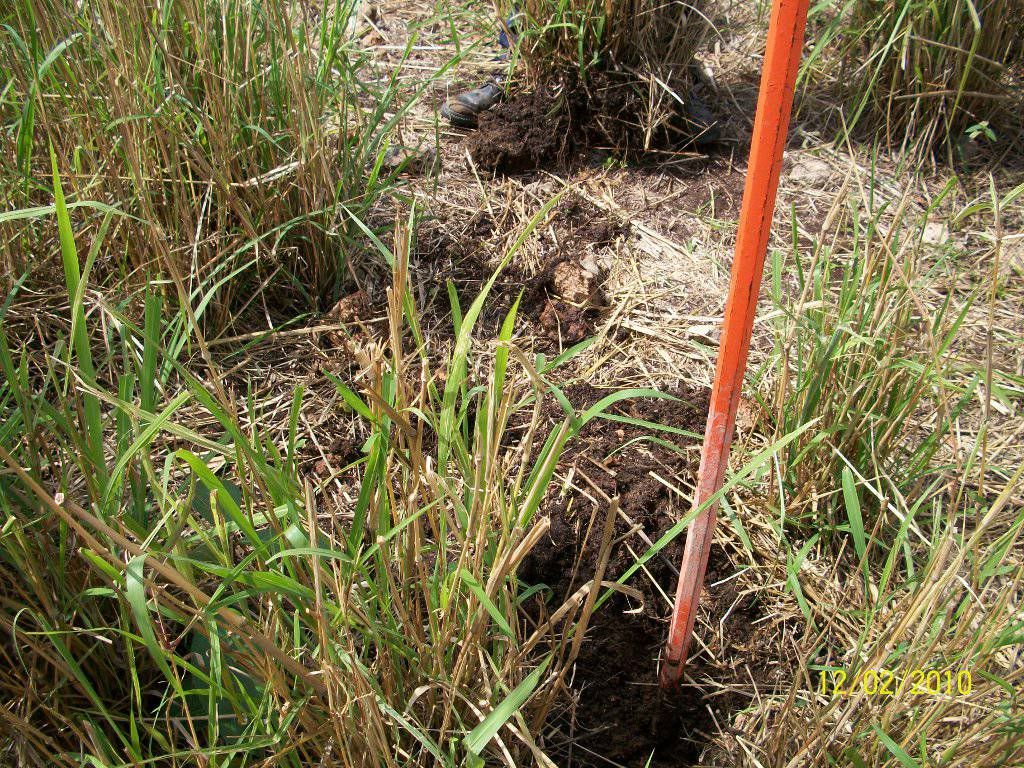
We break this bunch into little pieces, each a stem of grass with a bit of root. Then we punch holes in the dirt with the digging bar and stick the stems in, cover and give a quarter cup of water, and hope it rains.


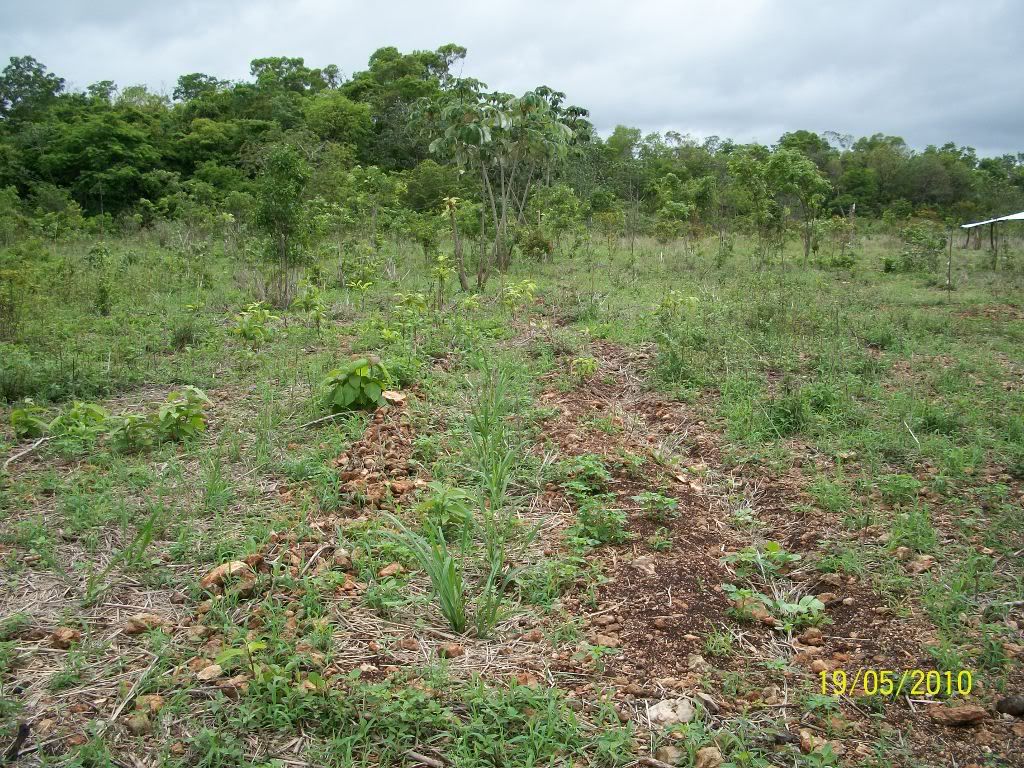
The reason we are so enthusiastic about Guinea grass or Panicum maximum is because it grows even during the dry season. We were cutting this grass for Sheepess during the dry season. There was no rain for a month or more. Yet the Guinea grass recovered, and grew more leaves. It is apparently able to thrive on only the moisture present in the morning dew.
But Grass alone is not enough to feed a sheep. Sheep, and the grass ecology they are part of, need legumes.
The bean family of plants or legumes form a symbiosis with bacteria that they nuture in nodules on their roots. These bacteria are capable of transforming nitrogen from the air into nitrogen that is available for the plant to use as fertilizer.
The result is that the legume plant is higher in protein than otherwise possible. Further, when the legume plant decomposes in the soil, additional nitrogen is available to all the other plants, such as grasses. The grasses then grow faster, more luxuriant, and are often more nutritious as they are higher in protein.
The sheep eat both legumes and grass. But it is useful for the sheep to not like the legume so much that they eradicate it. The legume is the fertilizer pump for the entire system. The sheep of course manure the legumes and the grasses, and the cycle is more or less completed.
There are numerous wild legumes here. Many of the trees that grow in the meadow are legumes, and the sheep eat the leaves of some of them. But primarily we have a lot of wild beans and peas.
Among the beans, we have a species of Canivalia. However Canivalia contains some toxins or what is sometimes called anti-nutritive factors. These are chemicals in the plant such as tannins that reduce the benefit that the animal receives from eating it. Canivalia for instance contains staggering levels of L-dopa, which in the body of an animal becomes dopamine. It is said to be rich enough in L-dopa to be used as a medication for Parkinson's disease. We have this growing wild, but we are not planting it in the paddocks.
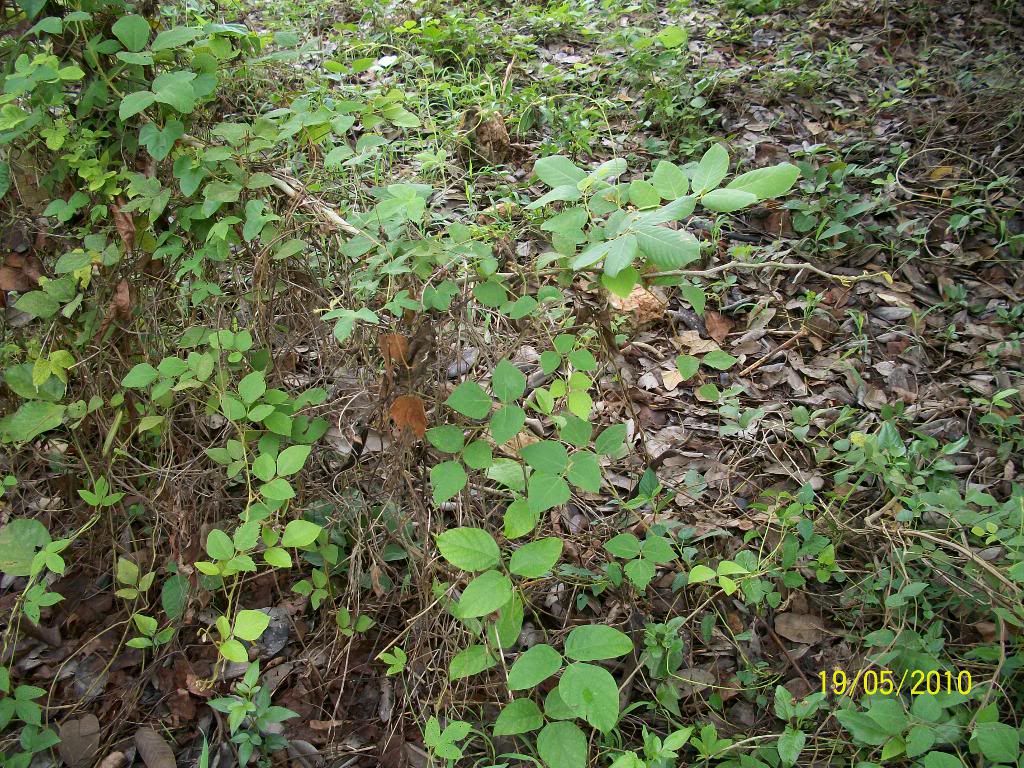
There are many other wild beans growing in the meadow. The most promising one is what we believe to be a species of the genus Centrosema.
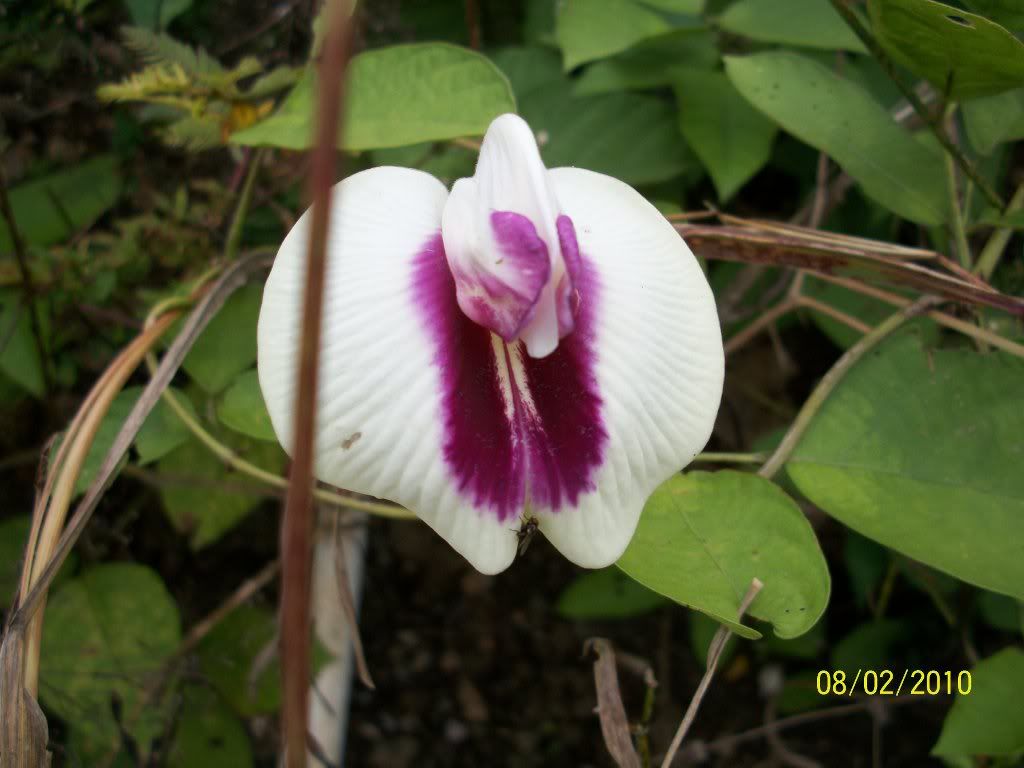

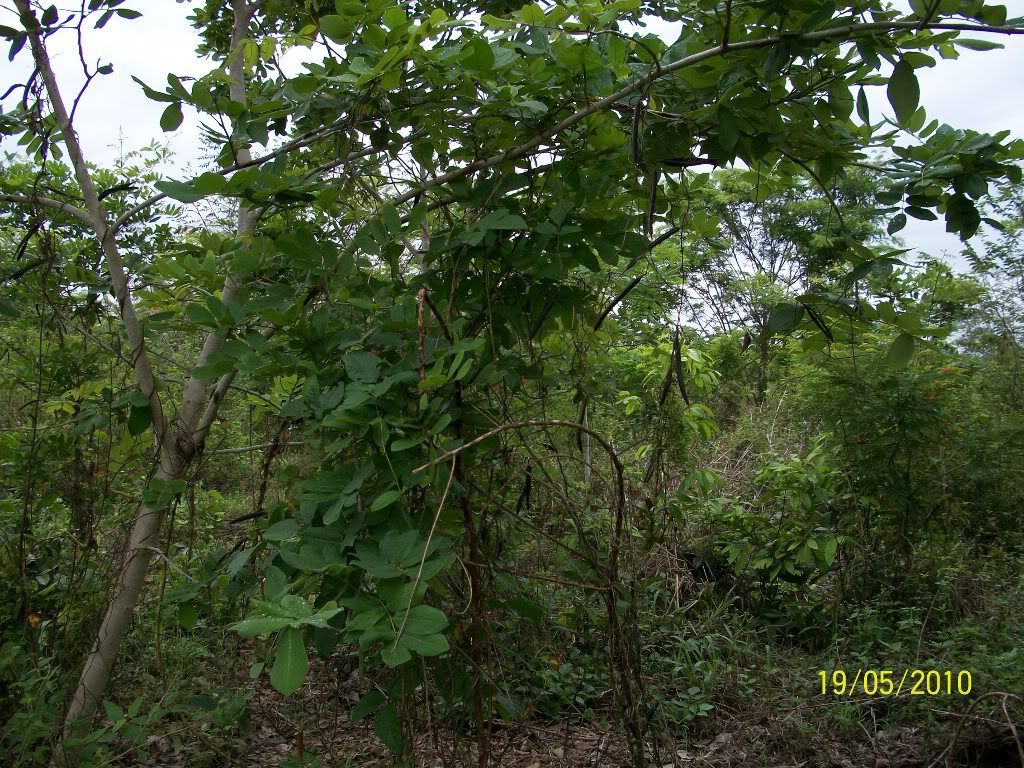

We are enthusiastic about centrosema also. Centro, as it is called, grows fast, fixes nitrogen, and the sheep eat it. But while they eat small servings of centrosema all the time, they only really hit it hard during the dry season when there was almost nothing else for them to eat. We are planting this in the paddocks, and it is growing well.
The trees we are leaving as well. They provide some shade for the sheep and the grass. Full sun here is just too bright, and the moisture is burned off by direct morning sunlight. Things seem to grow better in the shade here. Also one of the trees that the sheep nibble on is apparently poisonous. I am uncertain of the species but it resembles a tree used to poison fish. The sheep seem to suffer no harm from this tree, however any internal parasites they might have probably suffer greatly from the toxins in the leaves. The tree is probably very high in protein, but probably high enough in tannins that the protein does no good for the sheep.
So in paddocks we are planting the Panicum grass and the Centrosema. We are leaving almost everything else in place just adding more of these plants. Eventually we want these two to become the primary plants in the paddock. There are more plants, neither grass nor legume, that we want to have in the paddocks. Several of these appear to be some sort of herbal remedy that the sheep know to use from time to time.
Tannins and self-medication: Implications for sustainable parasite control in herbivores.
Self-medicating sheep
2 comments:
Hi, not real familiar with blogs. Do you have pics of the house up? If so, where would I find them?
I will put some up soon. Next post will have them.
Post a Comment